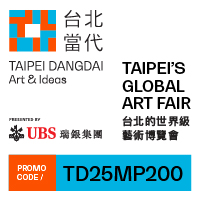The young British artist James Richards, known for his atmospheric collages of grainy analogue video, recently made headlines as one of the four shortlisted nominees for the prestigious Turner Prize, an annual award presented by the Tate gallery in London. Just a few days after the announcement, Richards was in China to attend the opening of his first exhibition in the country, “Of Disturbance,” at Magician Space in Beijing’s 798 art district. His visit to China also included a series of screenings and symposia, co-organized by Magician Space and London-based arts organization Electra, at the Ullens Center for Contemporary Art in Beijing, as well as at OCAT Xi’an, OCAT Shenzhen and the Asia Society in Hong Kong. ArtAsiaPacific caught up with Richards to chat about his work, his experiences in China and his thoughts on the 2014 Turner Prize.








